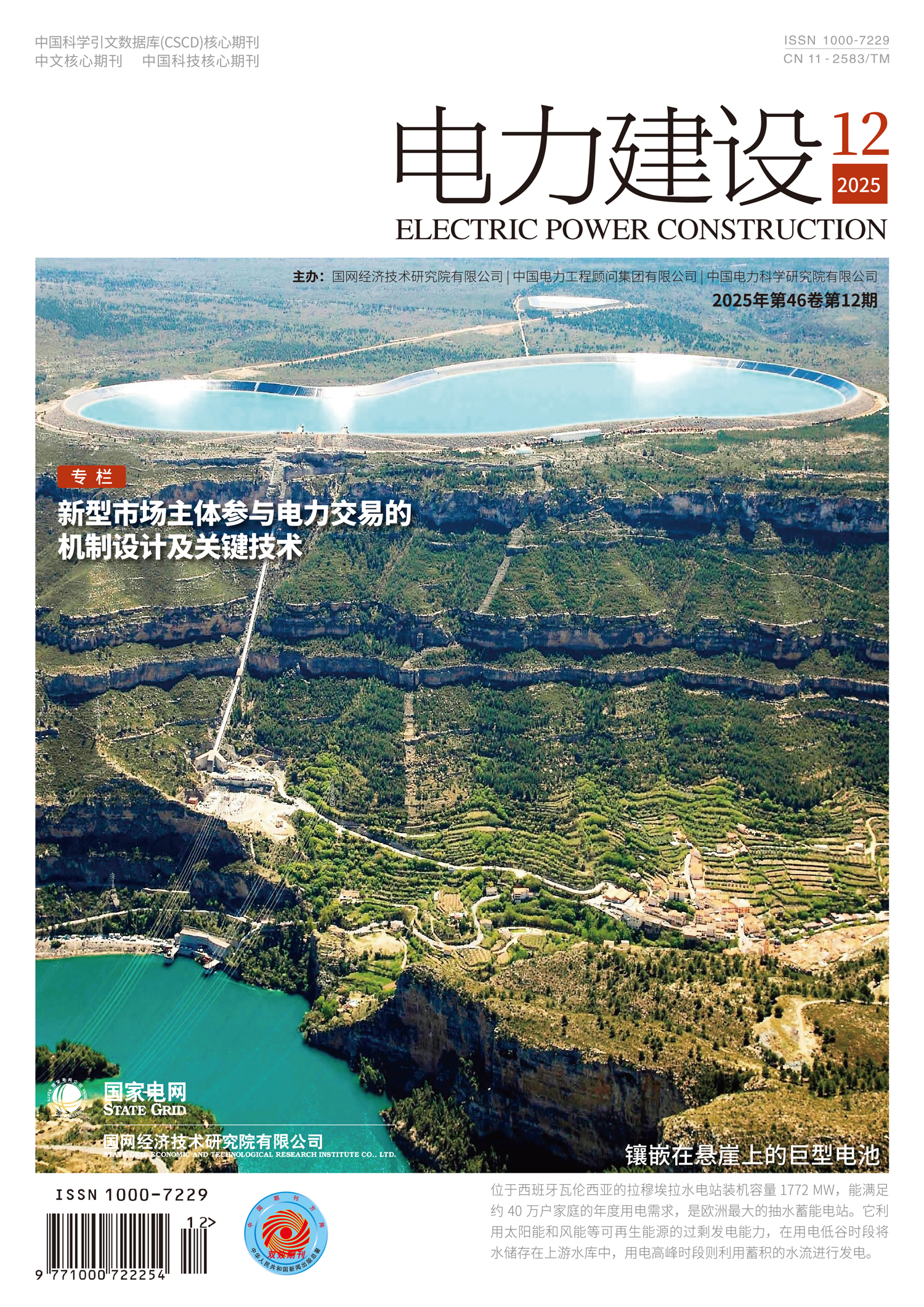LI Peng, WU Jiaxin, WANG Shiqian, LIU Xiangli, YU Xiaopeng, ZU Wenjing, ZHANG Yihan
In order to solve the problems of rural energy efficiency, poor reliability of energy supply, and serious environmental pollution, this paper carries out a two-stage mode design for rural virtual energy systems that takes into account the uncertainty. First, starting from the characteristics of rural energy supply and rural energy demand, a virtual energy system framework that considers rural energy characteristics is designed. Secondly, by analyzing the participants of rural virtual energy systems, a multi-participating rural virtual energy system investment mode is designed; and starting from the government, enterprises, users and other subjects, an evaluation system is built to optimize the investment mode of rural virtual energy systems. Then, a two-stage robust optimization model is introduced to describe the uncertainty of the load, output and market price of the rural virtual energy system, and the operation mode of the rural virtual energy system is constructed. Finally, a calculation example is taken as an example in a rural area in northern China. The results of the calculation example show that the two-stage operation mode of the virtual energy system proposed in this paper is practical and scientific.


 Author Login
Author Login Peer Review
Peer Review





